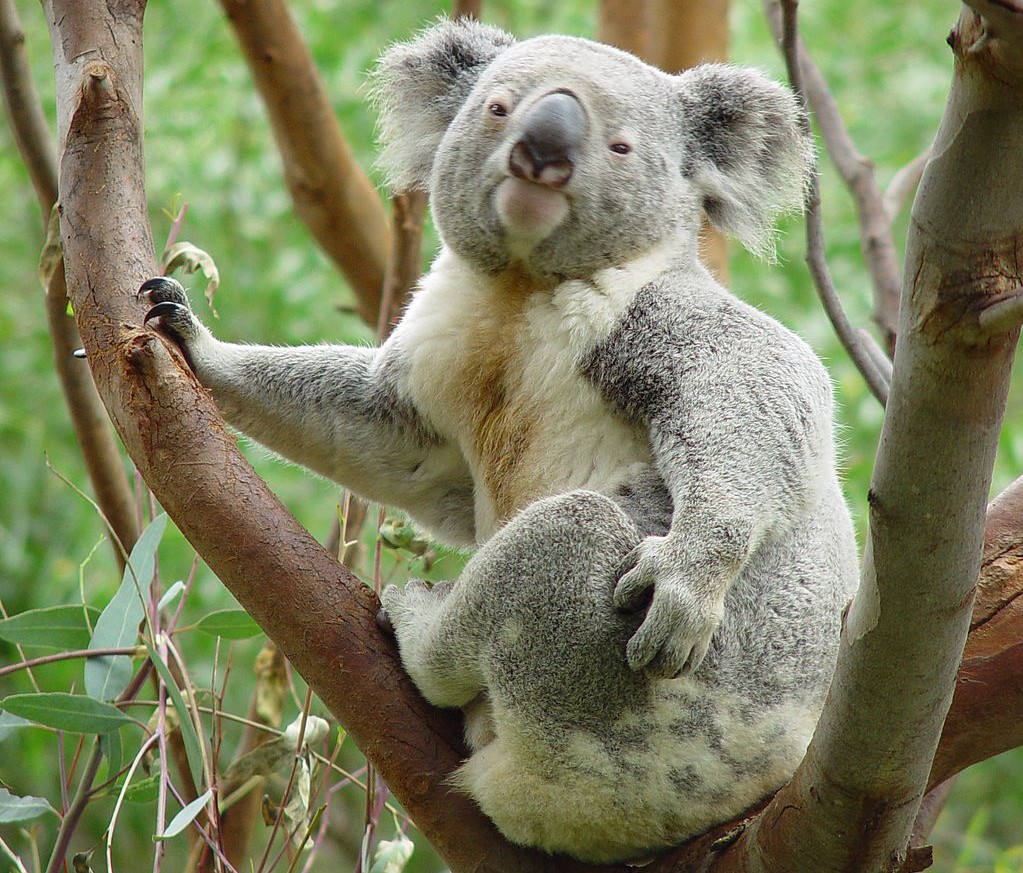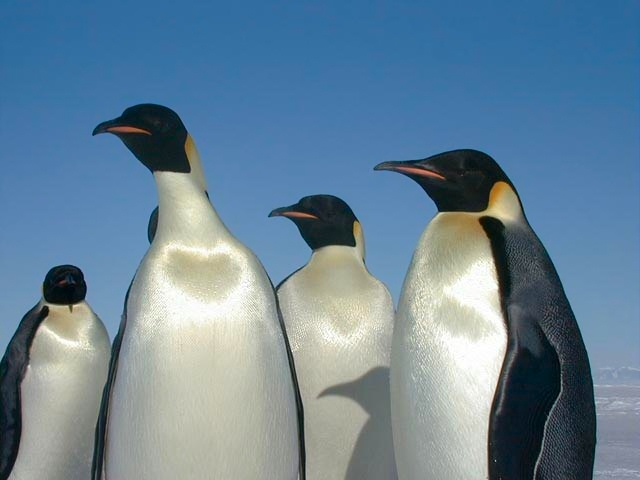Too Popular to be Saved?
A study of the world’s most 10 most charismatic species suggests that they are at risk of extinction because the public believes that their iconic status guarantees their survival.
 Image: By Ansgar Walk (photo taken by Ansgar Walk) [GFDL (http://www.gnu.org/copyleft/fdl.html), CC-BY-SA-3.0 (http://creativecommons.org/licenses/by-sa/3.0/) or CC-BY-2.5 (http://creativecommons.org/licenses/by/2.5)], via Wikimedia Commons
Image: By Ansgar Walk (photo taken by Ansgar Walk) [GFDL (http://www.gnu.org/copyleft/fdl.html), CC-BY-SA-3.0 (http://creativecommons.org/licenses/by-sa/3.0/) or CC-BY-2.5 (http://creativecommons.org/licenses/by/2.5)], via Wikimedia Commons Many of the world’s most charismatic animal species, such as tigers, lions and polar bears, may be suffering because of their popularity. A new study, published in PLOS Biology, suggests that the animals that attract the largest interest and deepest empathy from the public are at high risk of extinction in part because many people believe their iconic stature guarantees their survival.
The researchers involved with this international study used a combination of online surveys, school questionnaires, zoo websites and animated films to identify the 10 most charismatic animals. The top three were tigers, lions and elephants, followed by giraffes, leopards, pandas, cheetahs, polar bears, grey wolves and gorillas.
William Ripple, professor of forest ecology at Oregon State University and co-author of the study, said: “I was surprised to see that although these 10 animals are the most charismatic, a major threat faced by nearly all of them is direct killing by humans, especially from hunting and snaring. This killing by humans seems sadly ironic to me, as these are some of our most beloved wild animals.”
Many of these animals are so frequently depicted in pop culture and marketing materials that they may constitute a deceptive “virtual population” that is doing better in the media than in nature, noted lead author Franck Courchamp of the University of Paris.
For example, the researchers found that the average French citizen will see more virtual lions through photos, cartoons, logos and brands in one month than there are wild lions left in West Africa.
“Unknowingly, companies using giraffes, cheetahs or polar bears for marketing purposes may be actively contributing to the false perception that these animals are not at risk of extinction, and therefore not in need of conservation,” Courchamp said.
Proposed by the researchers is the idea that companies using images of threatened species for marketing purposes provide information to promote their conservation, and perhaps part of their revenue for protection of the species.
“Even much of the literature emphasises the need to go beyond charismatic species and focus on the lesser known ones. The public may be taking for granted that we’re doing all we can to save them, when we don’t even know for certain how many elephants, gorillas, or polar bears exist in the wild,” Professor Ripple explains. “The top 10 charismatic animals are all mammals and include some of the largest carnivores and largest herbivores in the terrestrial world. The fact that humans are also large mammals might explain why the public has a strong affinity for these 10 mammals – it seems like people also love large animals much more than small ones.”
Nearly half (48.6%) of all the non-teddy bear stuffed animals sold in the USA on Amazon were one of the 10 charismatic animals, while in France some 800,000 “Sophie the giraffe” baby toys were sold in 2010. That’s more than eight times the numbers of giraffes living in Africa.
“The appearance of these beloved animals in stores, in movies, on television, and on a variety of products seems to be deluding the public into believing they are doing okay,” Ripple said. “If we don’t act in a concerted effort to save these species, that may soon be the only way anyone will see them.”




Sorry, comments are closed on this post